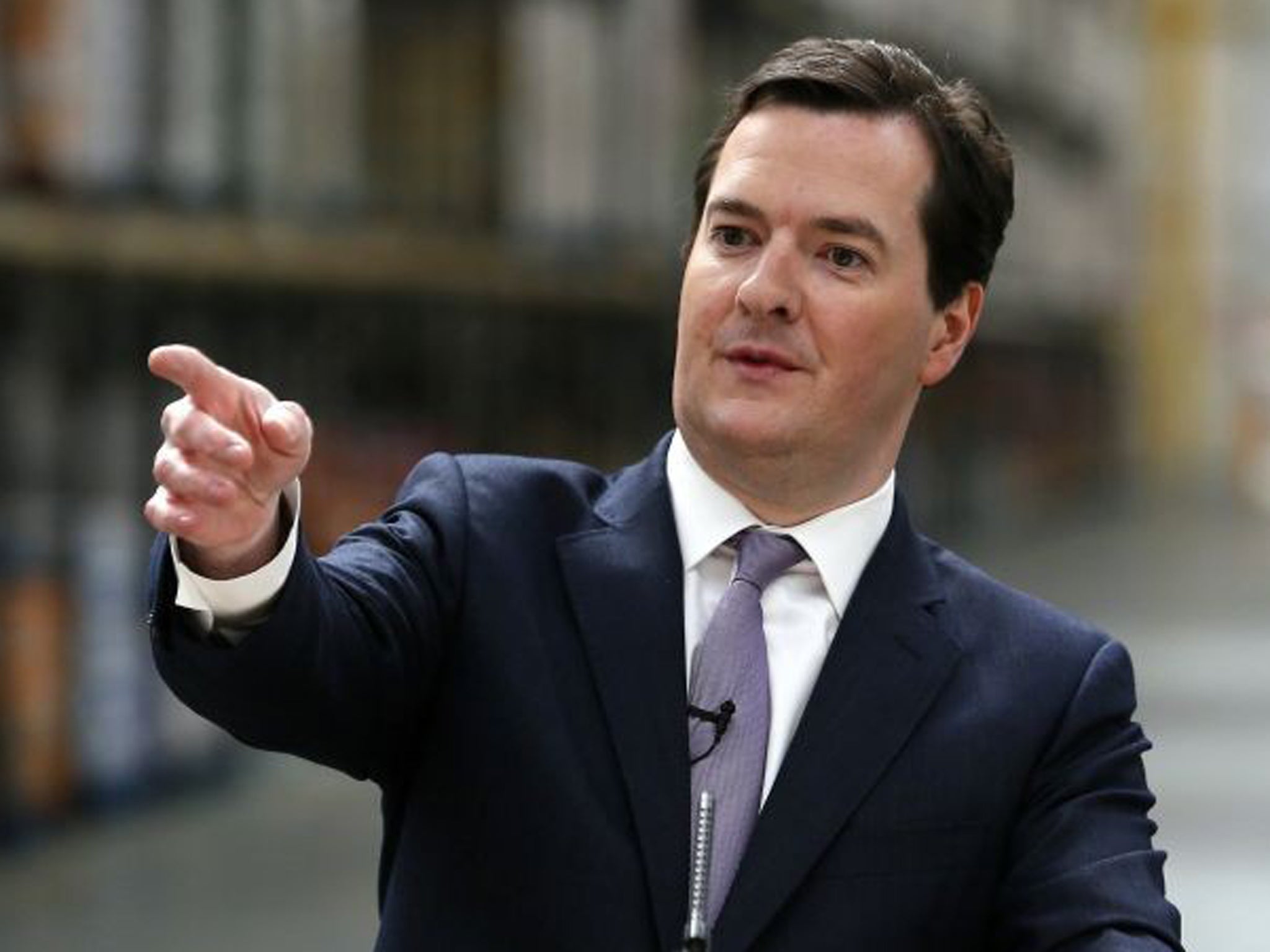QE was fun while it lasted. Now it’s time for the cuts
As the next edition of the Coalition’s spending programme is released, it's time to set out on the road back to monetary sustainability - and it's not going to be easy.


The fiscal squeeze goes on; the monetary squeeze is about to begin. Tomorrow we get the next edition of the Coalition’s spending programme, extending the cuts on public spending beyond the election. It is a familiar journey, this road back to fiscal sustainability, albeit one that is proving more protracted than most people expected.
But in the past few days, we have been made aware of another journey that we are going to have to make. This is the road back to monetary sustainability, a world with normal interest rates and where the central banks no longer print the extra money to pump into the economy. The trigger was a speech by Ben Bernanke, chairman of the Federal Reserve Board, that the Fed would probably start to cut back on quantitative easing later this year and end it next. Long-term interest rates shot up around the world in response. A month ago, the UK Government could borrow for 10 years at 1.9 per cent; now the rate is 2.5 per cent.
The two stories are linked, in that higher interest rates put an additional burden on taxpayers, because money going on interest is money not available to spend on public services.
Perhaps the best way to see our fiscal squeeze is in the context of the rest of the developed world. We are about one-third of the way back to a deficit of a sustainable level, with one that is still about the largest of any major economy, around 7 per cent of GDP. We are consolidating at much the same speed as other countries but because we started higher than anyone else, it will take longer. Our tax revenues have been 37-38 per cent of GDP for the past 25 years, and since the early 1980s, when the oil money was flowing in, no government has managed to increase that proportion. But our public spending peaked at 48 per cent of GDP. Big gap.
The better news is that we hit the recession with a relatively low stock of debt, and the further better news is that the average maturity of our national debt is 14 years. That is about the longest in the world; the US average maturity is less than six years. So any rise in interest rates will affect us more slowly than it will other countries.
That leads to the second story. In response to the recession, all the central banks in the developed world have driven down interest rates to near-zero levels, and most in one way or another have further boosted monetary growth by quantitative easing. The logic is that you cannot have rates below zero, so that just leaves creating more money.
The Bank of England owns about a third of the national debt, having bought it off the markets, exchanging the debt for cash that it has created. The mechanism in the US is slightly different, and in Europe slightly different again, but the aim is the same.
But an easy-money policy cannot go on forever and we are already seeing adverse side-effects. If banks give virtually no interest, people take their money out and put it elsewhere. So asset prices rise while banks have even less money to lend. In any case, this very easy money policy seems no longer to be effective in boosting the economy. The evidence is mixed, but it seems to be that while the initial bout of QE helped steady things, subsequent bouts had less impact.
Common sense says you can’t just print money and expect everything to be hunky-dory – so the safe thing to do is to start cutting back as soon as you dare. That is starting to happen now.
Let’s go mad for Manchester – and beyond
Is London too big? There’s a continuing debate over how London’s wealth and influence could be spread better across the nation. Not only are there tight curbs on growth in London, but the Government has forced its departments (and the BBC) to move people out. But London has gone on growing.
Now some work by the LSE suggests that the problem is not that London is too big, but rather that Britain’s other cities are too small. Professor Henry Overman, director of its Spatial Economics Research Centre, has concluded that we should allow successful provincial cities such as Manchester to grow even faster by loosening planning controls and improving education and other services there.
Manchester has seen the fastest growth outside London and the South-east, but as it has grown its housing costs and office rents have risen. That has choked off further growth, because skilled workers are mobile and find themselves forced to move out by these higher costs. What happens to provincial cities that are not so successful is another matter, but the general principle that you reinforce success surely is a good one.

Join our commenting forum
Join thought-provoking conversations, follow other Independent readers and see their replies